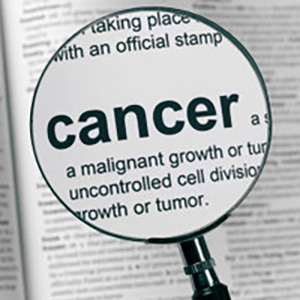The association between serum hypoxia inducible factor-1α level and urothelial bladder cancer: A preliminary study

Accepted: April 2, 2023
All claims expressed in this article are solely those of the authors and do not necessarily represent those of their affiliated organizations, or those of the publisher, the editors and the reviewers. Any product that may be evaluated in this article or claim that may be made by its manufacturer is not guaranteed or endorsed by the publisher.
Authors
Introduction: We aim to evaluate the association between serum hypoxia inducible factor (HIF)-1α level and stage and grade of urothelial bladder cancer (UBC). Methods: A case-control study was conducted at Haji Adam Malik Hospital Medan, Indonesia. Inclusion criteria for case group was subject aged 18 years or older and diagnosed with UBC based on histopathological examination. Control group consisted of gender and age matched healthy subjects. Serum HIF-1α level was determined using ELISA method. Data was analyzed with chi square, Mann Whitney, and independent T tests. Results: A total of 80 subjects were enrolled and divided into case and control groups equally. Most subjects were males with mean age of 69.65 years for case group and 68.25 years for control group. Most subjects had advanced primary tumor and lymph node stages. Only 30% subjects had metastasized UBC. Higher serum HIF-1α level was observed in case group (p < 0.001). Serum HIF-1α level was strongly associated with metastasis stage (p < 0.001), followed by lymph node (p = 0.005) and primary tumor (p = 0. 013) stages. Serum HIF-1α level was not associated with grading (p = 0.134). Conclusions: Serum HIF-1α level is associated with staging but not grading of UBC.
How to Cite

This work is licensed under a Creative Commons Attribution-NonCommercial 4.0 International License.
PAGEPress has chosen to apply the Creative Commons Attribution NonCommercial 4.0 International License (CC BY-NC 4.0) to all manuscripts to be published.

 https://doi.org/10.4081/aiua.2023.11292
https://doi.org/10.4081/aiua.2023.11292




